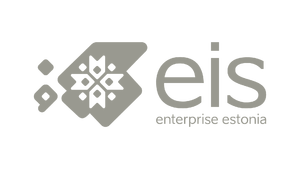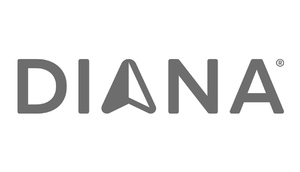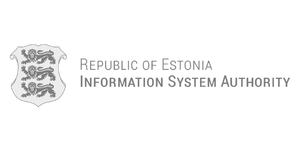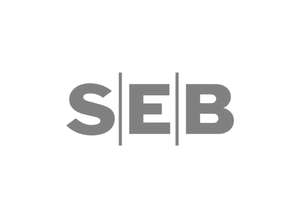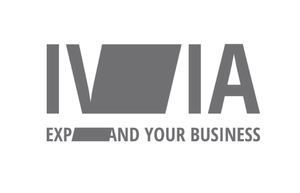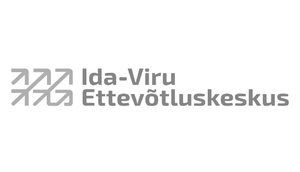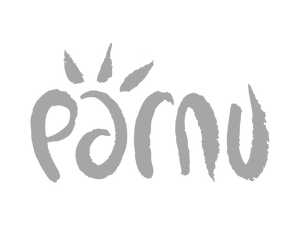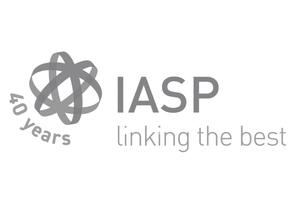01.06.2016
Medisoft: Satisfaction with information technology starts from little things
Medisoft, or rather software developed by Medisoft, is well known to many Estonian doctors. Majority of family doctors use the solution of the biggest Estonian medical practice management software developer.
Medisoft was founded in 1992 and it is based on 100% Estonian capital. The company produces software development and IT services. The main products of the company are information system Perearst2 for family doctors, hospital information system Liisa and information system SKAIS of the Estonian National Social Insurance Board. In addition, Medisoft has developed software for the Estonian Health Insurance Fund and the national motor vehicle register of the Estonian Road Administration. Healthcare solutions constitute approximately half of the portfolio of Medisoft.
Majority of Estonian family doctors (ca 80%) know what Medisoft is as they use its software daily or participate in development process. “Approaches to software development are different. The system ensuring compliance with all requirements of the laws and regulations has brought a result for us. In order to make the use of the software as convenient as possible, we always listen to the needs of family doctors and involve them in the process of software developing,” explains the Member of the Management Board, Jako Heinmets.
Medisoft considers Perearst2 to be its most outstanding and successful solution. The work is still in progress and for better usability a new version of the software is already being developed. “Since the current software is based on the version created in 2007, its usability has inevitably suffered. Currently, a new solution is being developed for the family doctors and we are working on a full upgrade of the software. The family doctors are involved in product development, and we discuss the opportunities for making the doctors’ work more comfortable at joint meetings,” Heinmets speaks about the plans of the company.
“To receive necessary information about a patient, the family doctors must click several buttons, e.g. search the entries of hospitals or laboratories. In the new system we are aiming at much fewer clicks. We try to display as much information automatically as possible, and the doctor will get the whole picture about the patient much faster and with less effort. Although the development turned out to be more complicated than initially planned, more of the external solutions have been taken into account and already this year, the pilot version will reach the physicians,” says Heinmets.
Although the doctors are often considered as a conservative group who do not want to adapt to changes very quickly, Medisoft does not share that view. Cooperation with doctors and taking their opinions into account is natural. “The doctors are very satisfied that information technology is making their work easier. The Estonian state has greatly contributed to this by supporting the purchase of computers to the family doctors and making digital transfer of the healthcare invoices to the Health Insurance Fund mandatory. It may seem like a small contribution but, this is one of the factors why today we have e-prescribing, PACS system and eHealth.
Software according to the needs of the user
Users of Medisoft products are doctors of different specialities and the audience in broader sense involves all providers of healthcare services. Approximately 40 clients use the hospital software of Medisoft. “The advantage of our software is that the user can be a large hospital but also a doctor in private practice or, for example, the medical service of the Estonian Defence Forces. This system can be used as a module-based system, it can be configured and adapted for the user.
So the user himself can select the necessary parts,” says Heinmets and he adds that the advantages of the products are their high reliability and infrequent errors.
“Almost all Estonian laboratories have joined the Medisoft software designed for transferring data between the doctors and the laboratory. Even more, the customers of other software companies use it,” he says.
Developments help the doctors
It is important for the company that Estonia has a central eHealth solution from where the parties can acquire information. “At the same time, lots of reports are required from the doctors and data queries are made. When there are central databases, data could be made available for the doctors without wasting time. eHealth strives for the solution where the system is data-based, not information-based. At this point, we still have room for improvement: software developers can assist doctors by improving the system,” believes Heinmets.
“Since we have also participated in development of eHealth, we can see the big picture. Our employees have a long-term experience and knowledge in medical area about how it works and which solutions should be emphasised. Many suggestions come from the doctors, but when we detect a problem that can be solved technologically, we present our ideas. Software solutions in medicine are, after all, teamwork,” says Heinmets.
According to Jako Heinmets, the hospitals and family doctors have gathered a lot of information and send it to the eHealth system. “There is still room for improvement, as the information could be data-based.”
The Project Manager of Medisoft for Connected Health cluster, Merle Laager, highlights that one of the goals of the cluster is to establish standards. Assignments should be distributed according to the capability and specialities of the members. “Together with partners, we try to show that this is possible in the Connected Cluster. Everybody should, of course, contribute to it. At the moment we are discussing about the existing technical options about how to solve the legal issues, e.g. data protection. We do not have the best solution yet, but we will definitely achieve it,” Laager is certain.
Medisoft has not exported its products as currently available software is rather Estonia-centred. But locally they have several different integrated systems. According to Merle Laager, they do have plans for going to the foreign markets as the distributed system solution within the Connected Health cluster may create the export opportunities in the future. “At the moment, we are working on finding the export opportunities. For example, one idea is a solution in Sweden that will enable two different healthcare service providers query data directly from the original source.”
In five years, Medisoft hopes to maintain a solid position in Estonian market by developing its products and replacing some of the older ones with the new ones. “Ideally, we are interested in increasing the value of our portfolio and finding foreign partners with whom we can develop new products for export.”



